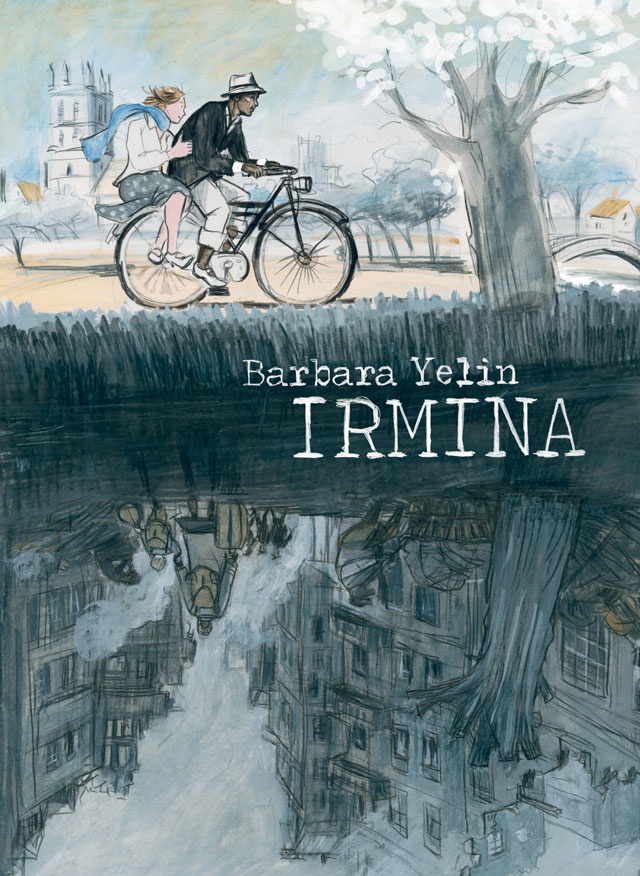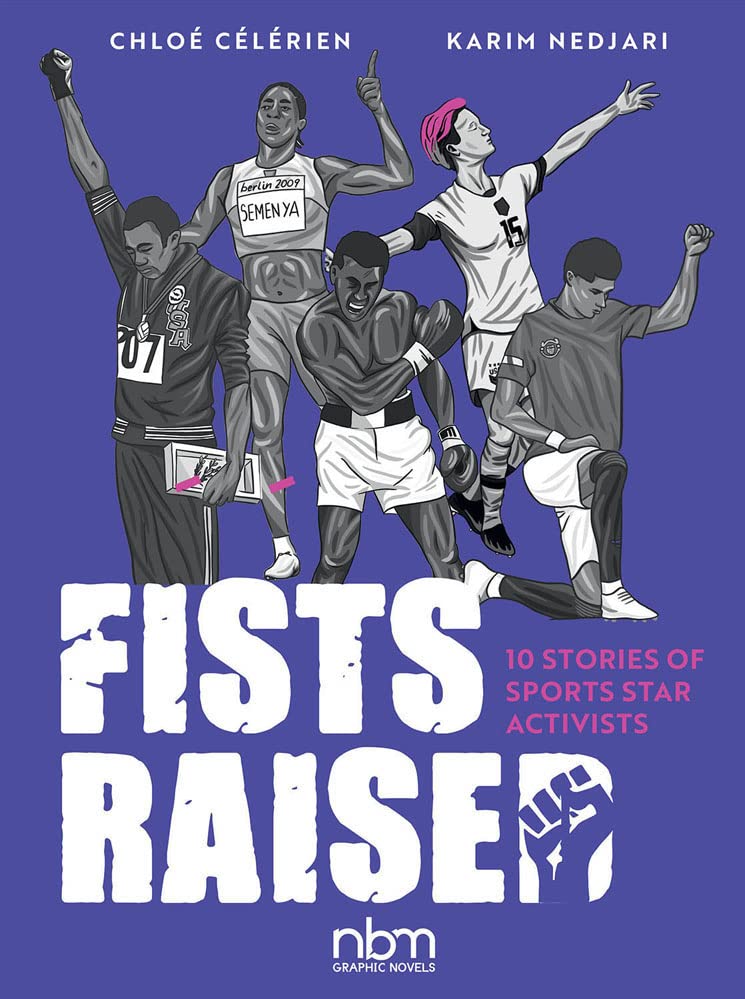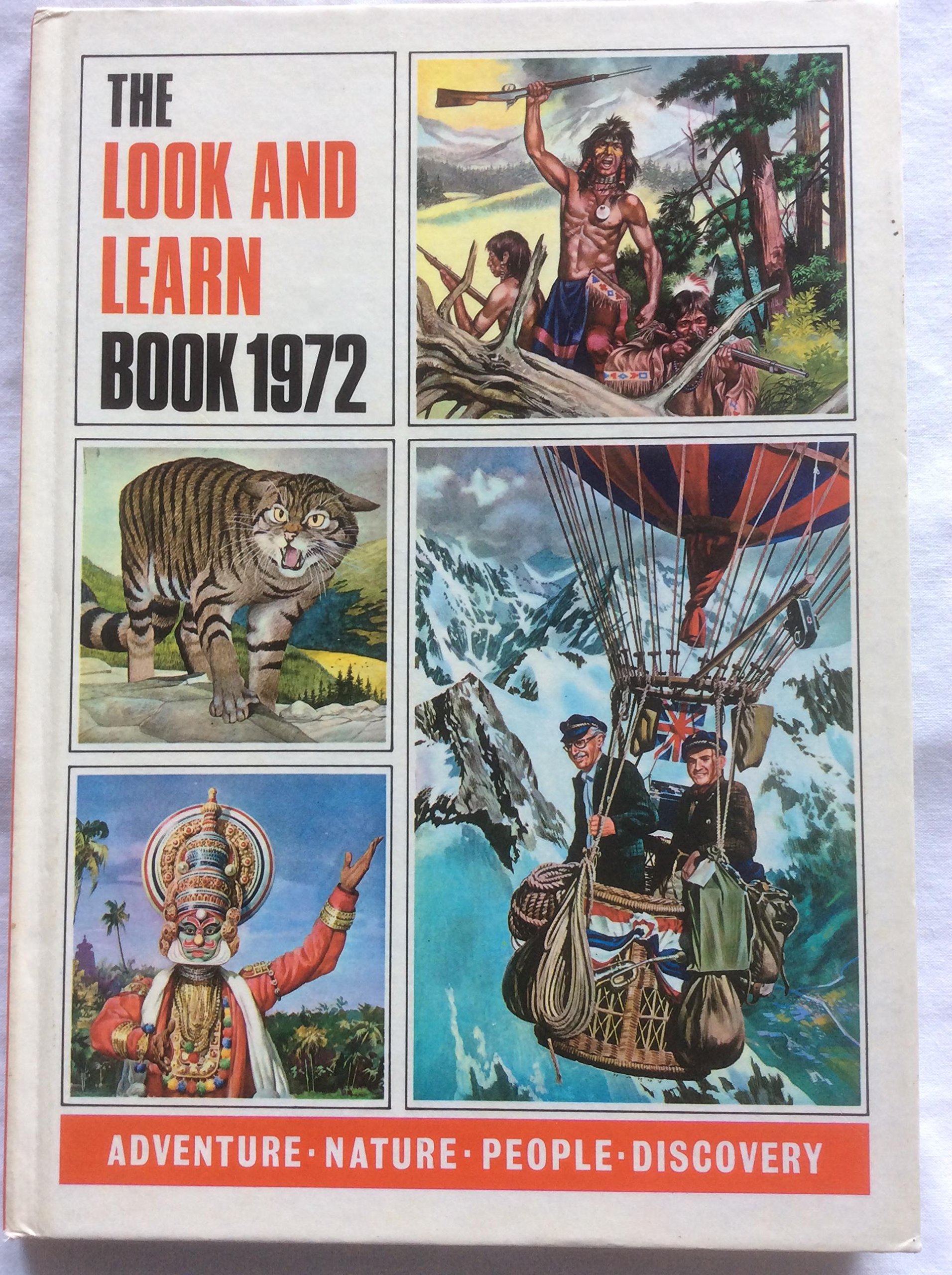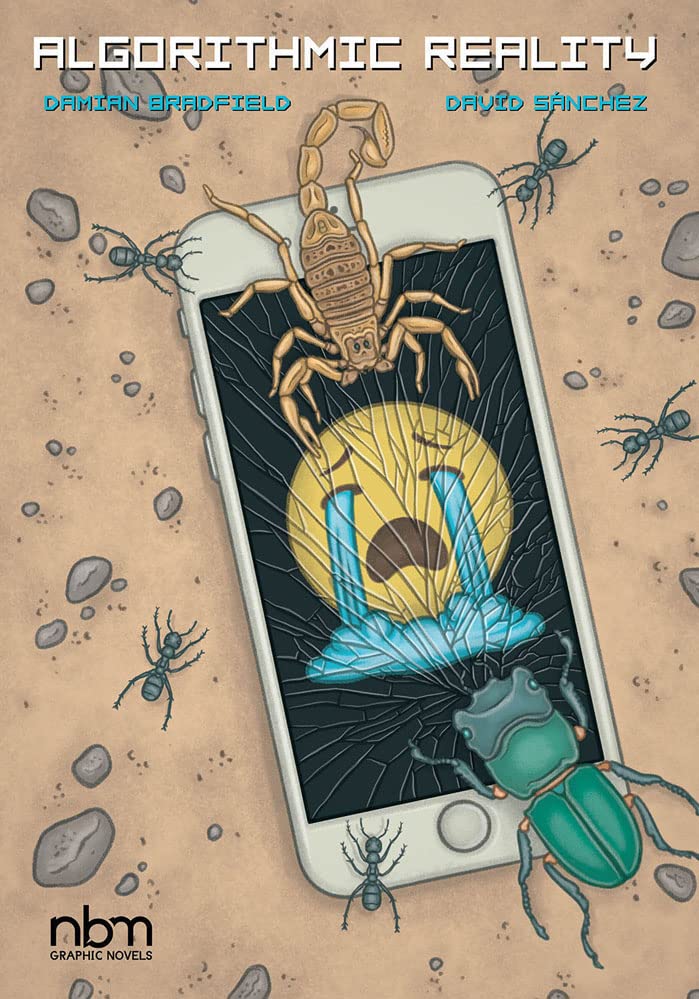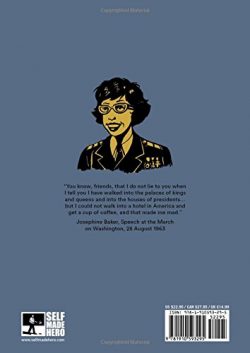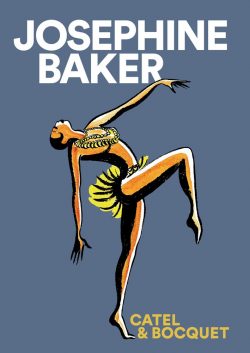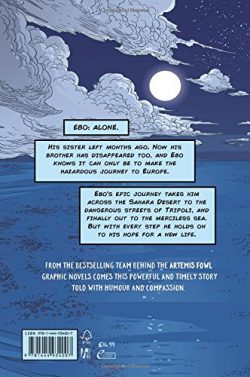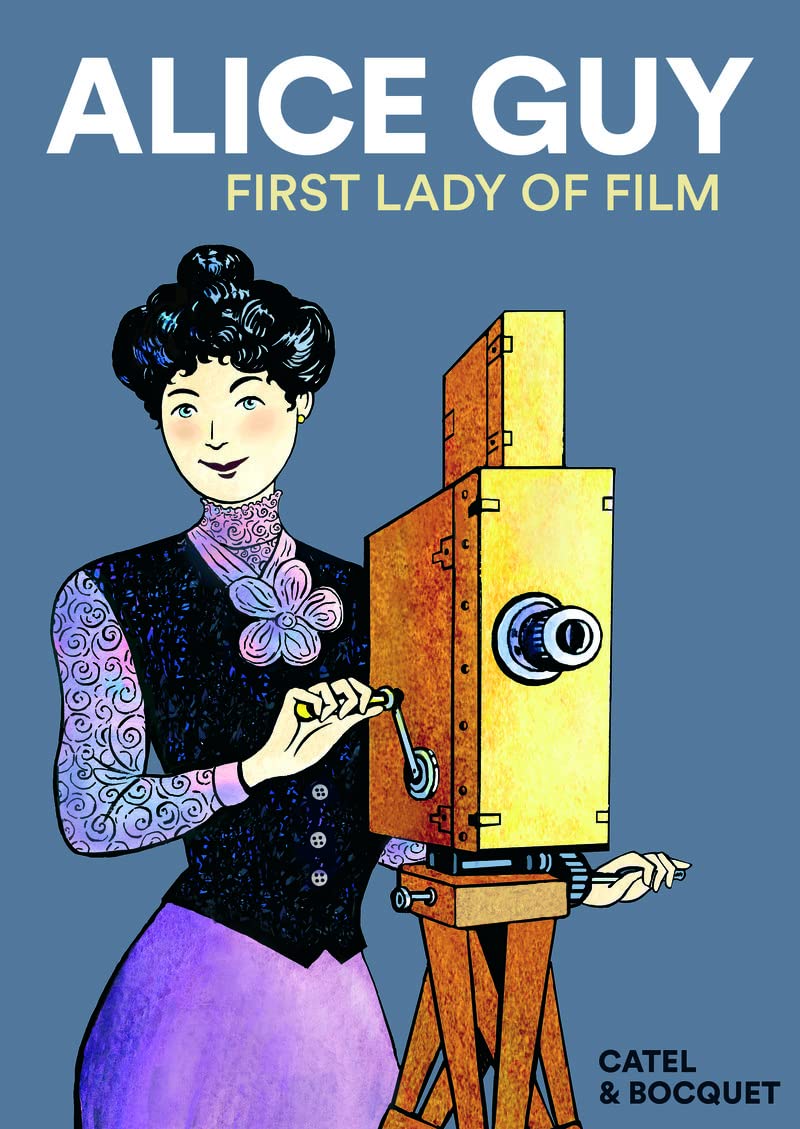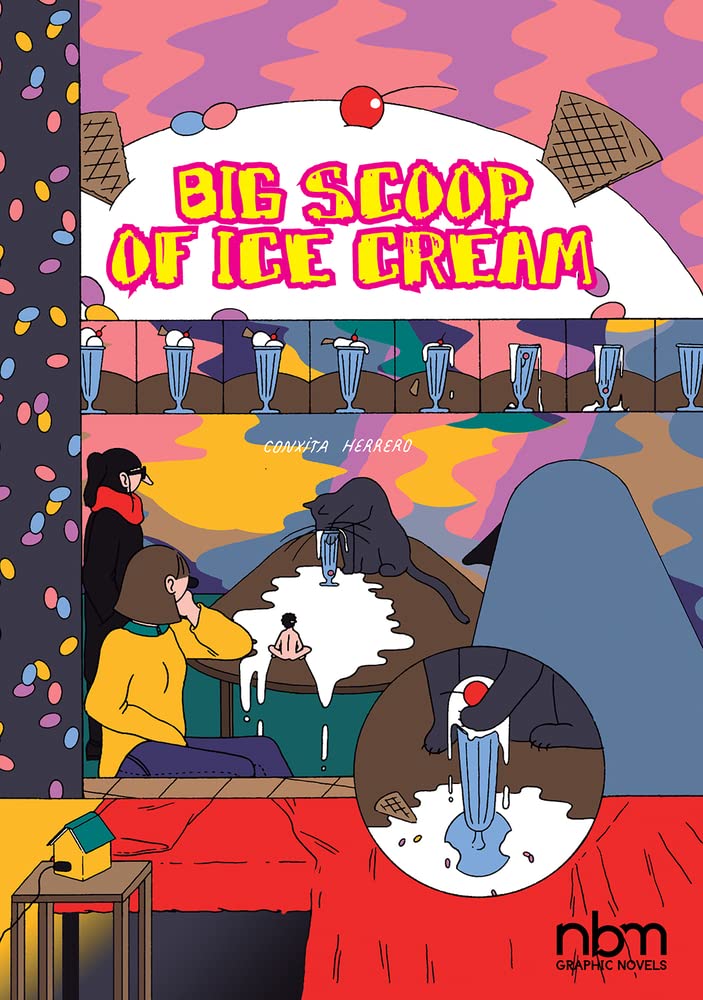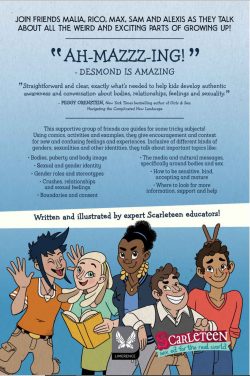
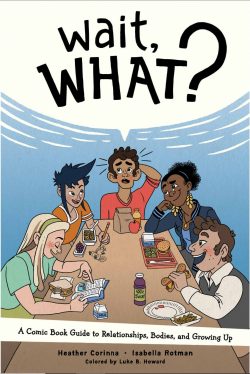
By Heather Corinna, Isabella Rotman, Luke B. Howard & various (Limerence Press)
ISBN: 978-1-62010-659-4 (PB) eISBN: 978-1-62010-660-0
Comic strips have long been acknowledged as an incredibly powerful tool to educate, rendering tricky or complex issues easily accessible. They also have an irresistible capacity to affect and change behaviour and have thus been used for centuries by politicians, religions, the military and commercial concerns to modify how we live our lives. Call it visual nudge-theory…
Here’s a splendid example of the art form using those great powers for good.
Sometimes it looks like the entire world’s political and moral leaders are seeking to re-mystify the most basic human experience by obfuscating all knowledge of it – leaving our most vulnerable at the mercy of their own basic instincts, wicked exploitation, cruel misinformation and simple ignorance. So if school, church and parental guardians can’t deliver, where can the new and confused go to learn about sexual interactions?
The Comic Book Guide to Relationships, Bodies, and Growing Up begins with an introductory message from Scarleteen – a sex and relationships information, education and support organisation/resource aimed at young people. As official consultants on this project, they start the ball rolling with ‘sex ed for the real world’, detailing the work and purpose of the project and other places the confused or cautious might seek advice and help.
Like many other Limerence publications, this one uses strips, games, puzzles, debate and tutorials – delivered via an engagingly diverse cartoon cast – to explore a variety of potential situations, share vital information (that my generation got from a succession of embarrassed and unwilling teachers despite what our parents thought or said) and proffer advice on where to obtain more.
The publisher’s sequence of informational comics and books has an admirable record of confronting uncomfortable issues with taste, sensitivity and breezy forthrightness: offering solutions or starting points as well as awareness and solidarity. Crucially here, that comes wrapped up in a blanket of reassurance and accepting non-judgement. The message is that every one of us is different and brings something unique to the table…
‘So Who’s at the Lunch Table?’ introduces Rico, Malia, Max, Sam and Alexis: generalised teen spokes-people representing a variety of races, backgrounds, ambitions and sexualities. There is also a narrative usher to authorially move things along …the sublimely neutral Weird Platypus…
The mess and muddle around Sex is systematically tackled, beginning with an assault on the myth of timing and physical development in ‘Due Dates’: explaining biology, emotional maturity and even consent and opportunity, whilst contributing numerous anecdotes and opinions in ‘What Do You Think and Where Are You At?’
The carefully manufactured war between media, self-aspiration and everyday life is deconstructed in ‘IRL: in real life’ confirming that “the way things are in media are not necessarily how they ACTUALLY ARE”, after which we gain great graphic and factual clarity in ‘What is Puberty?’
The chapter details the basic ‘Stages of Puberty’, initially concentrating on ‘For Every Body’ before affording specialist data with ‘If You’ve got a Vagina’ and ‘If You’ve got a Penis’…
‘You’re a Man/Woman Now!’ then busts some fallacies on the subject to reveal ‘These Things Don’t Actually Mean Very Much About Growing Up’…
The next topic opens with overview ‘Ohhh Yeah, Real Mature!’: asking the gang ‘What Does Maturity Mean to You?’ before plunging into the charged subject of ‘Masturbation!’
Expanding into lesson and anecdotal discourse, we learn ‘Masturbation is Healthy – and nothing to be ashamed of’ and sensibly enquire ‘Why Do People Masturbate’ before tackling an increasingly serious problem in ‘Weird Genitals!: Worried Your genitals look weird? Feeling like other people’s do???’
This section is augmented by ‘A Whole Bunch of Genitals’ in a gallery display plus a join-the-dots activity page cheekily page proving ‘Genitals come in all sorts of different sizes, shapes and colors’…
The major issue of Difference is laid out and explained in ‘Boys vs. Girls’, covering every aspect of possible confusion and contention via sports or toys to genderised colours, cunningly rationalised by a series of non-binary paper-dolls and clothing outfits with gender-fluid Max guiding us in making declarations and identifications…
A seemingly overwhelming youthful hurdle is cut down to size in ‘What is a Crush?’ with hapless cisgendered heterosexual Rico pointing out some pitfalls, assisted by his tablemates answering the question ‘Have You Ever Had a Crush?’ and ‘Do You Really want to Be Someone’s Partner, Girlfriend or Boyfriend?’ Whilst exploring ‘Promises and Dating’ and negotiating a bewildering maze entitled ‘As If There Was Only One Path!’ we learn how to end relationships kindly and safely in ‘It’s Okay To Go’…
The mysteries and challenges of informed choice are explored in ‘By Invitation Only’ – reinforced by a ‘Consent Word Search’ – before we move on to the bit every parent always freaks out over…
What defines intimacy and sexual behaviour is debated and explored in ‘It’s Not Sex, It’s Just Messing Around’, pictorially questioning ‘Why Do People Have Sex Together’, ‘So What’s the Difference between Sex and “Messing Around”’ and gaming out ‘If it Wasn’t a Choice’…
Graphs and statistics are deployed for ‘How Do You Know When You’re Ready for Sex Stuff’, backing up the cartoon wisdom of vox-pop ‘When Do You Think You Will Be Ready for Sex Stuff’ and pivotal enquiry ‘Why is Sex Such a Big Deal?’: only pausing to ask ‘Are You… Gay? Straight? Both? Neither?’ and if it even matters…
A ‘Sexual Orientation Crossword’ – with handy ‘Sexual Orientation Word Bank’ – introduces a new (and increasingly toxically contentious contemporary topic) in ‘Sexual Identity Isn’t a Lifelong Commitment’, with pictured points of view culminating in a space for readers to verbalise their own thoughts, after which the end approaches as we ponder ‘What Does it Mean to be a Virgin?’
Here Malia, Rico and Sam deconstruct the term from widely differing starting points, whilst ‘I Hate That Word!’ examines the infinitely loaded term’s accusatory and demeaning contexts before unleashing ‘A Note About Double Standards’…
When beginning or even just anticipating a sexual life, support is crucial and a trustworthy network is a must if it’s possible at all. ‘Assemble Your Superteam!’ offers some sage advice on how in ‘Your Sidekick’, ‘Your Parental Figure’, ‘Your Mentor’ and ‘Your League’. The process is reinforced by another Wordsearch – ‘Find all the people you could maybe talk to!’ – before neatly segueing into ‘Know Your Community Resources!’ and affirming questionnaire ‘Who is on your Superteam?’
The cerebral sex session ceases with ‘In Conclusion: What is One Last Thing You Want to Leave Everyone With?’, supplemented by ‘Dear You’: a direct message from the creators that endeth the lessons…
Cartoonist Isabella Rotman (A Quick & Easy Guide to Consent, Bodies, and Growing Up; Not on My Watch: The Bystanders Handbook for the Prevention of Sexual Violence; You’re So Sexy When You Aren’t Transmitting STIs) and New Orleans colourist Luke Howard have crafted a cogent and compelling primer covering the irrefutable basics for a wide and varied range of potential users, with the facts and messaging scripted by author, educator and youth advocate Heather Corinna (S.E.X.: The All-You-Need-To-Know Sexuality Guide to Get You Through Your Teens and Twenties; Our Bodies Ourselves).
Identifying as Queer and disabled, Corinna is the founder, designer and director of Scarleteen and Rotman became the organisation’s artist in residence in 2013.
A comprehensive ‘Glossary’ of pertinent terms opens a section of codicils including ‘I Can’t Keep Up With the Slang!’ – an advisory on changing trends in talk about sex; ‘Puzzle Solutions’; creators bios and appreciation ‘We are so grateful for:’ after which ‘More Cool Things!’ offers a bibliography and listings of other resources online, organisational and other for kids and adults to further explore…
This book is a bright and breezy primer covering the irrefutable basics on beginning one’s sexual life and confirming a gender that most suits each individual. By sharing facts and honest opinions it may hopefully help readers safely navigate all manner of relationship and explore the spectrum of experiences that should be available us all…
Wait, What? – A Comic Book Guide to Relationships, Bodies, and Growing Up is ™ & © 2019 Heather Corinna and Isabella Rotman. All rights reserved.

